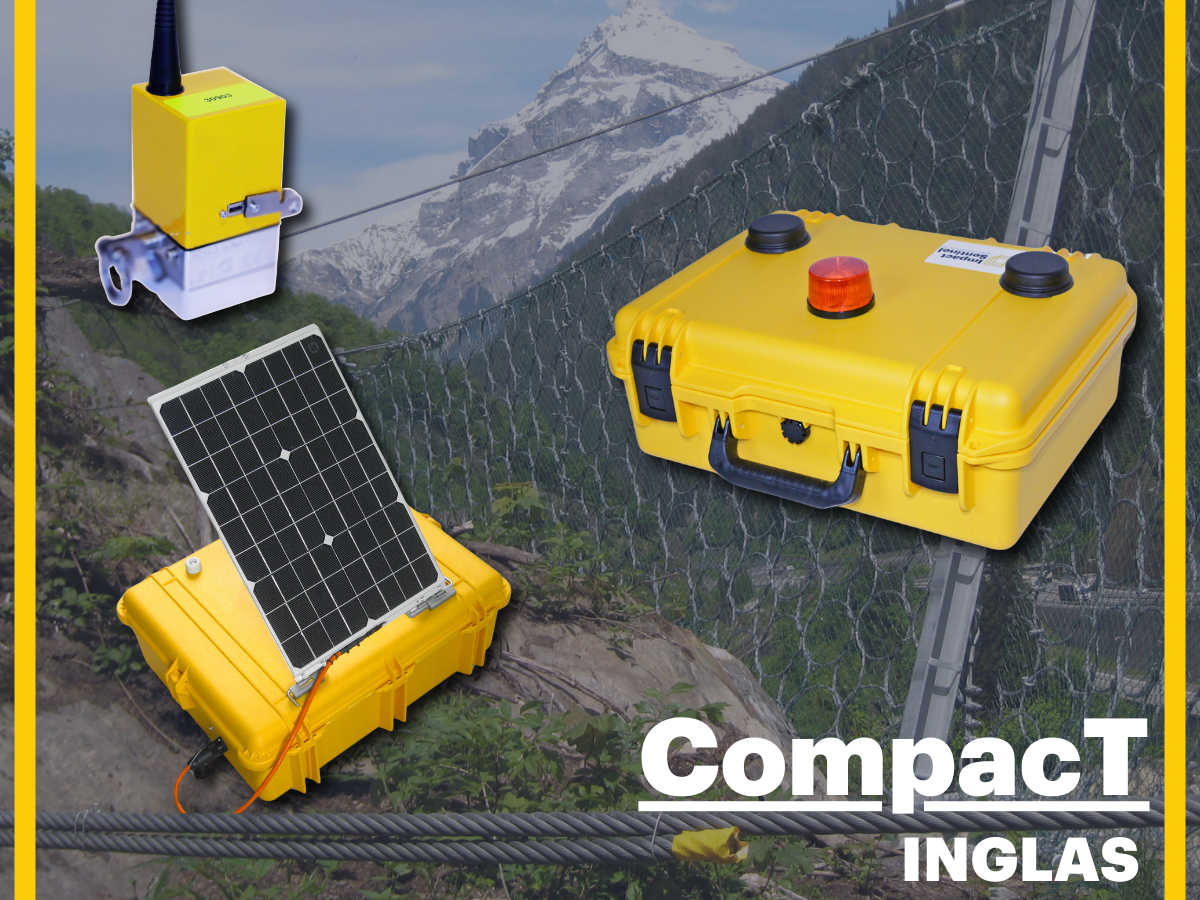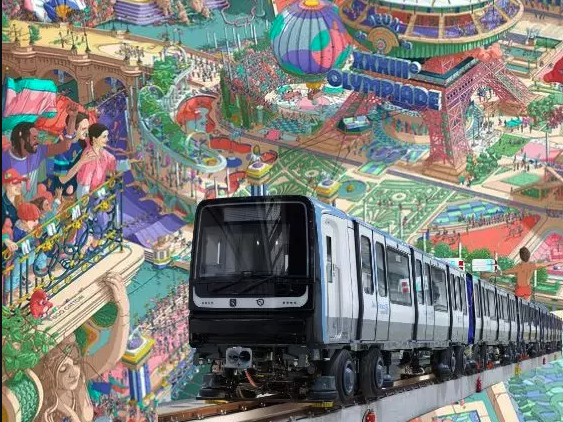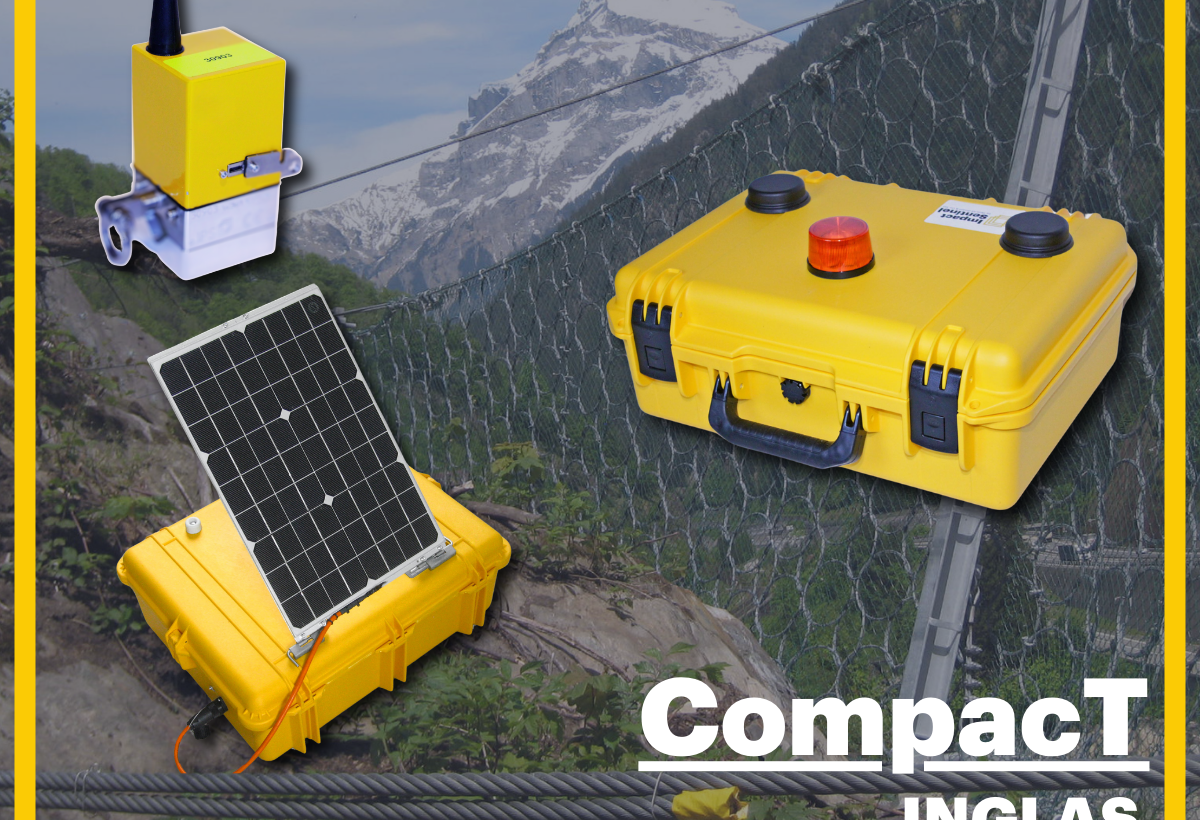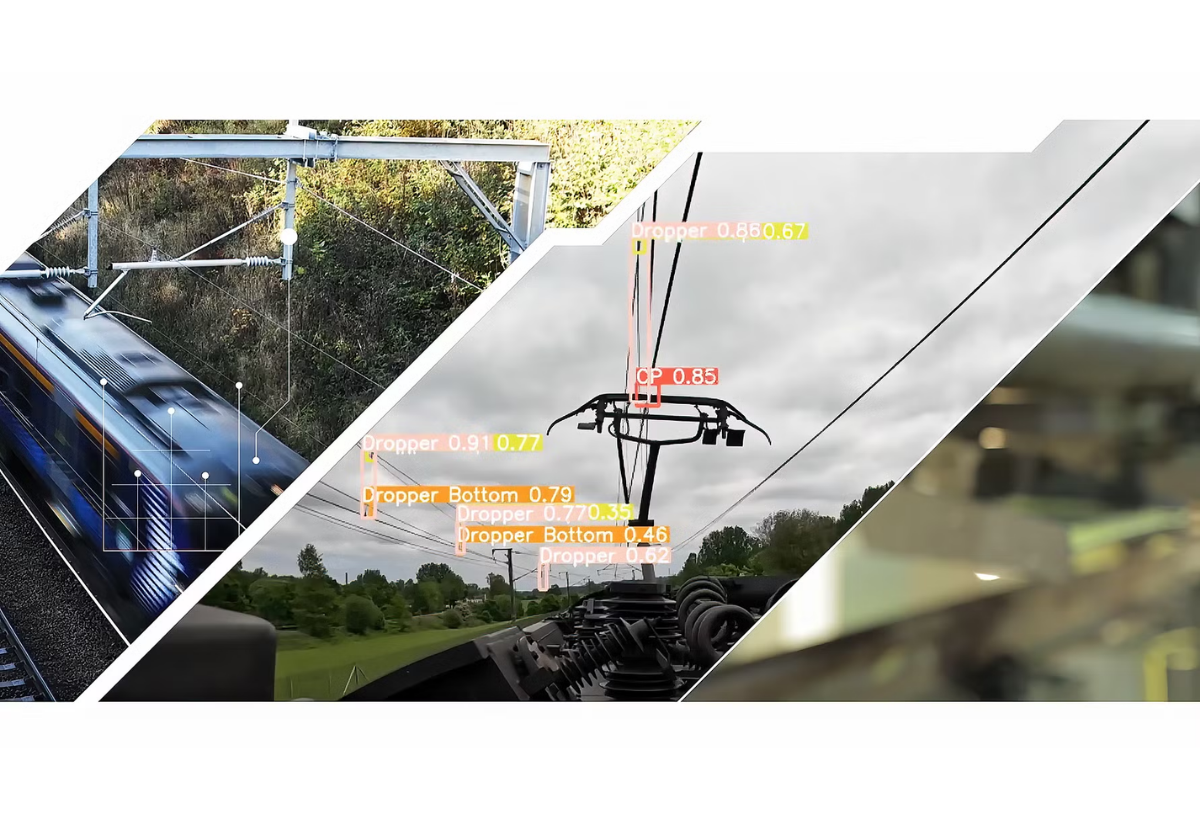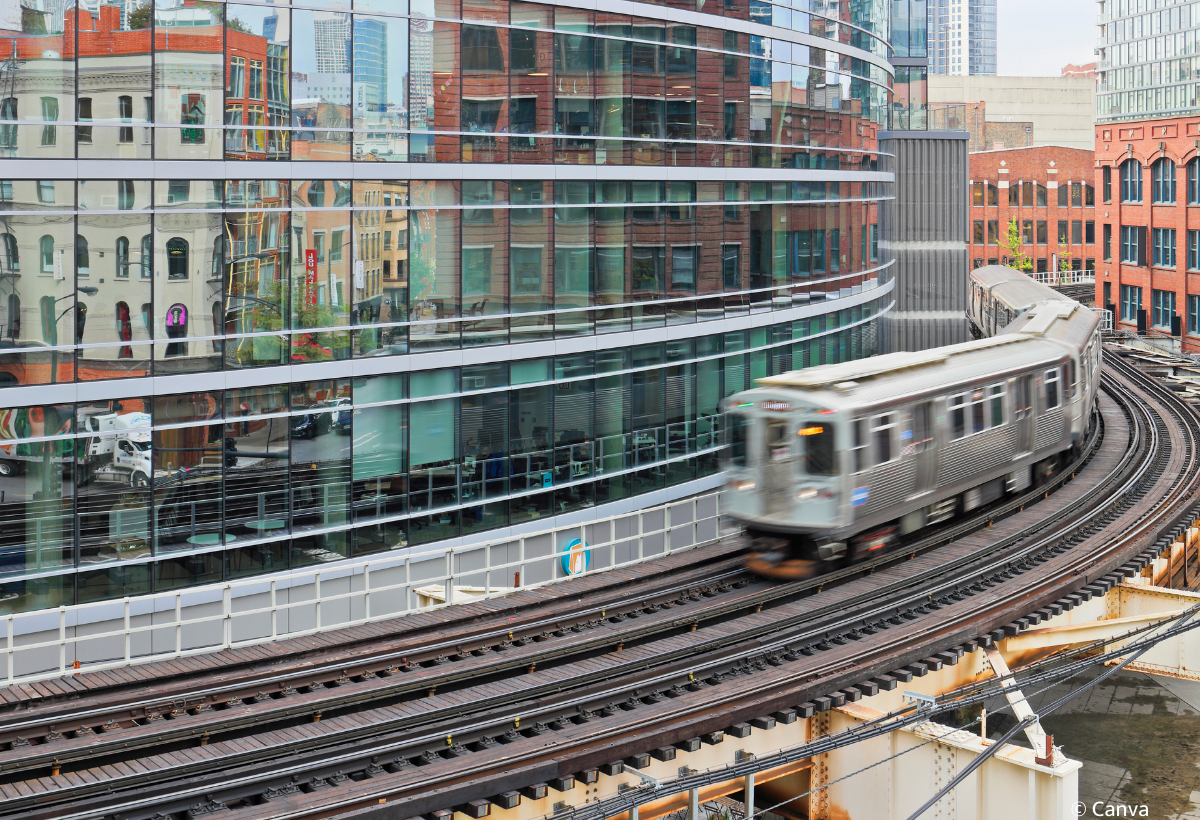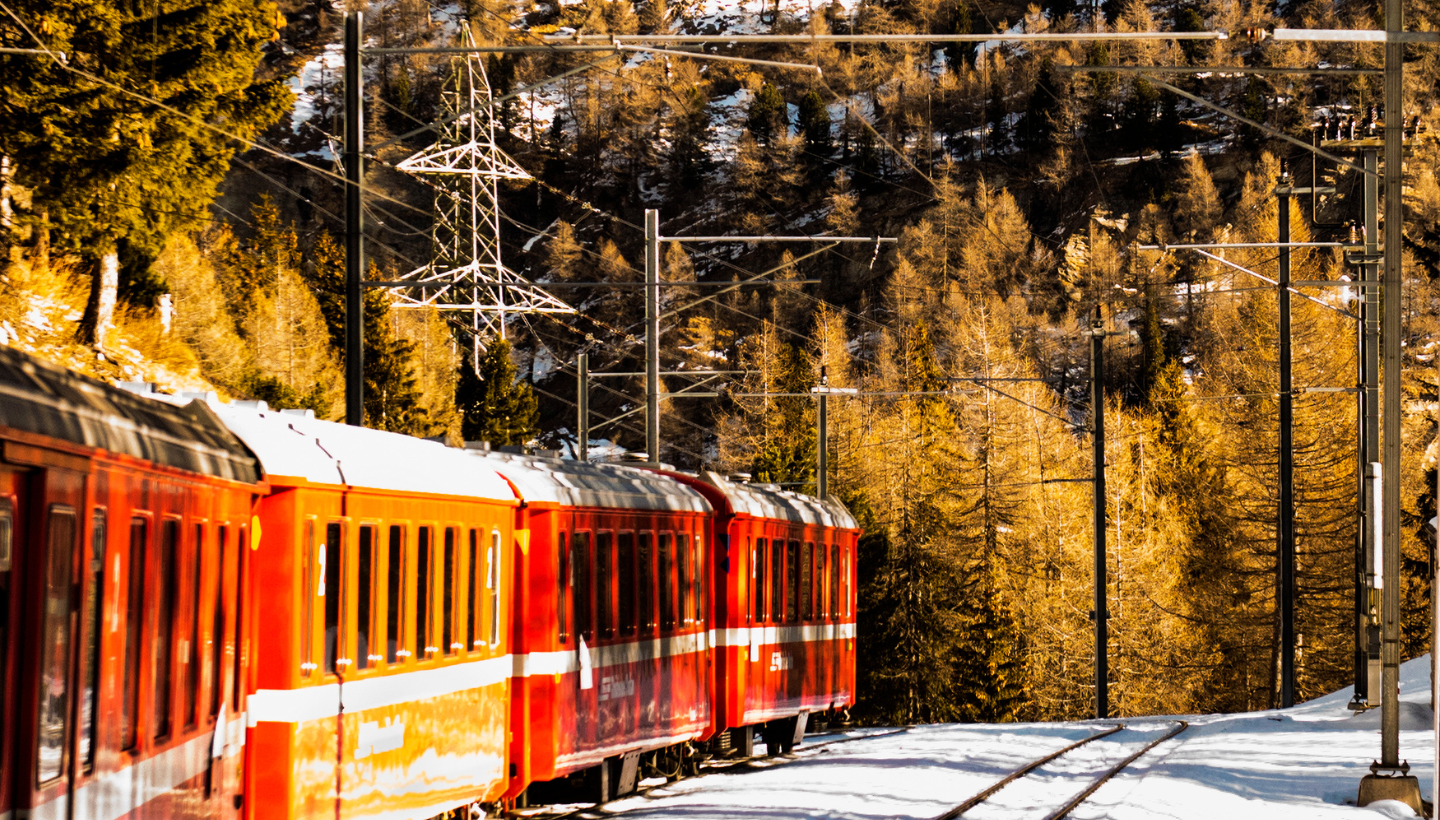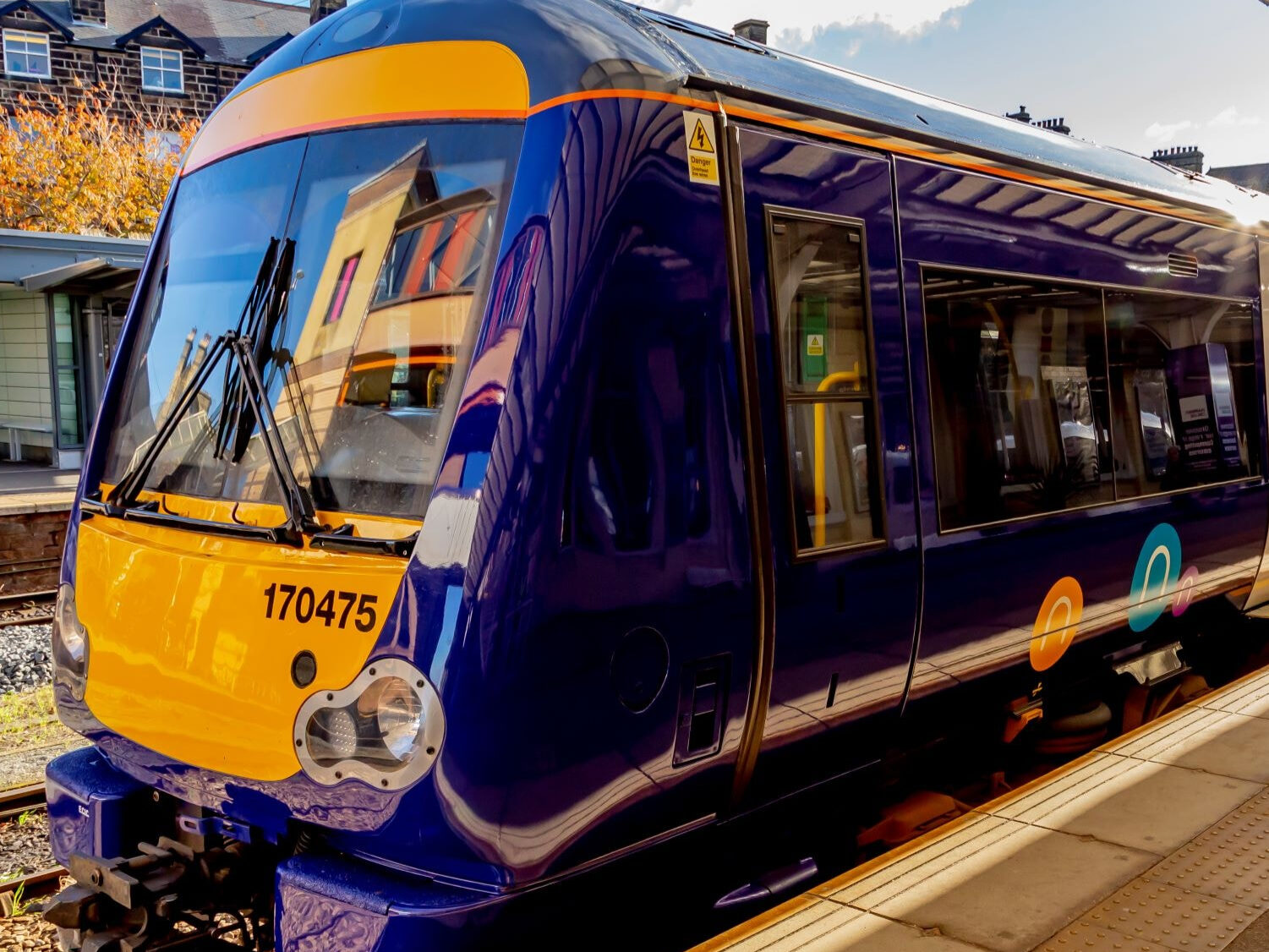As winter loosens its grip and temperatures begin to rise, a new set of challenges emerges for railway operators in mountainous regions.
The transition from deep winter into spring is not simply a return to normal conditions—it introduces dynamic risks that can impact railway safety and reliability. Snowmelt, ice thaw, and fluctuating temperatures create unpredictable hazards, requiring vigilance and proactive mitigation.
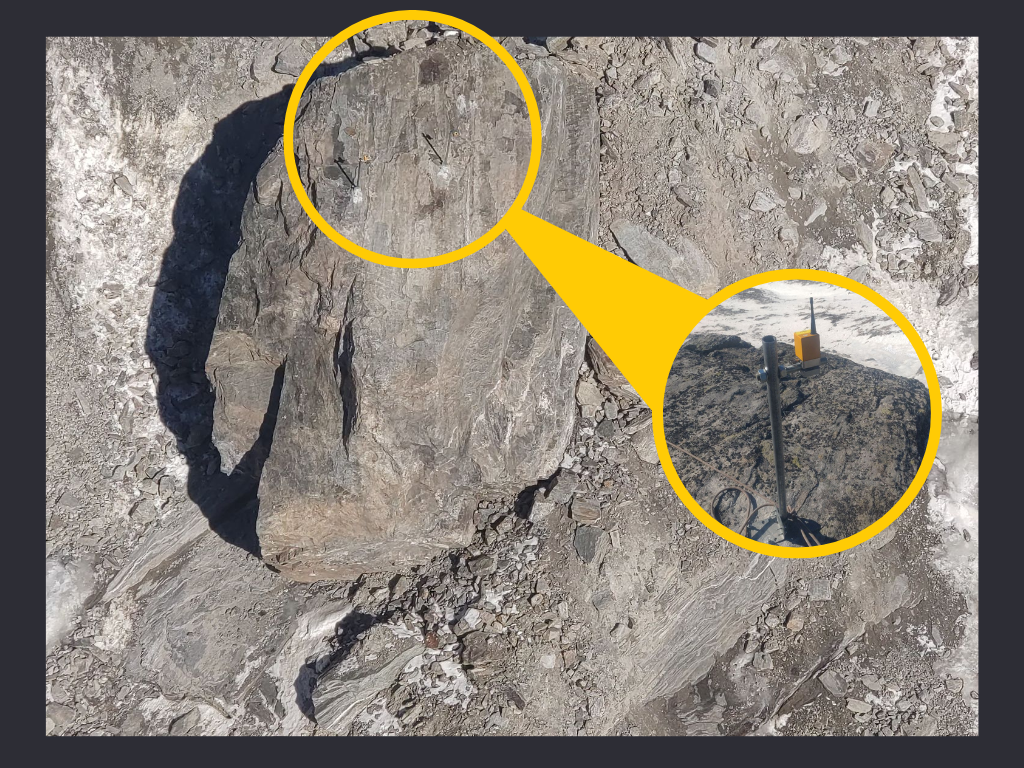
The Risks of Seasonal Thaw
While winter presents obvious challenges like snow accumulation and ice buildup, the thawing season brings its own hidden dangers. As temperatures fluctuate between freezing and thawing, railway operators must contend with:
1. Increased Rockfall and Landslide Risk
Freeze-thaw cycles weaken rock formations. Water seeps into cracks, expands when frozen, and then contracts upon thawing. This repeated process erodes stability, increasing the likelihood of rockfalls and landslides. These events can lead to track obstructions, infrastructure damage, and severe service disruptions.
Based on recent studies, climate change is accelerating these risks. Research from Hartmeyer et al. (2020) highlights that warming temperatures are degrading mountain permafrost, weakening rock walls, and increasing rock detachment events. Similarly, Fischer et al. (2019) found a 35–40% rise in rockfall incidents in monitored Alpine regions, correlating directly with temperature increases. As Gruber & Haeberli (2021) explain, thawing permafrost leads to the breakdown of ice cement holding rock masses together, increasing the probability of slope failures.
2. Snowmelt and Water Saturation
Melting snow releases large volumes of water, which can oversaturate soil, destabilising slopes and embankments. In areas with poor drainage, this may lead to erosion, track subsidence, and even washouts—posing a significant safety risk for railway operations.
3. Ice Blockages and Flooding
Even as air temperatures rise, ice can persist in shaded or lower-altitude areas. Blocked culverts and drainage systems prevent proper water runoff, leading to localised flooding or pooling around tracks. Standing water can compromise track integrity and signalling systems, making real-time monitoring essential.
Impact Sentinel: A Proactive Approach to Thaw-Season Monitoring
At Impact Sentinel, we’ve developed advanced sensor technology to detect and monitor the evolving risks of the thawing season. Our systems deliver real-time data, helping railway operators stay ahead of hazards and implement preventative measures before issues escalate.
How Our Technology Helps
- Rockfall and Slope Stability Monitoring: Sensors detect early signs of ground movement, allowing operators to assess risks before rockfalls occur.
- Itemised Rock Alert System: Sensors can be directly attached to identified high-risk rocks, providing precise alerts when movement is detected.
- Temperature and Environmental Tracking: Our sensors monitor temperature fluctuations contributing to freeze-thaw instability, supporting more accurate maintenance planning.
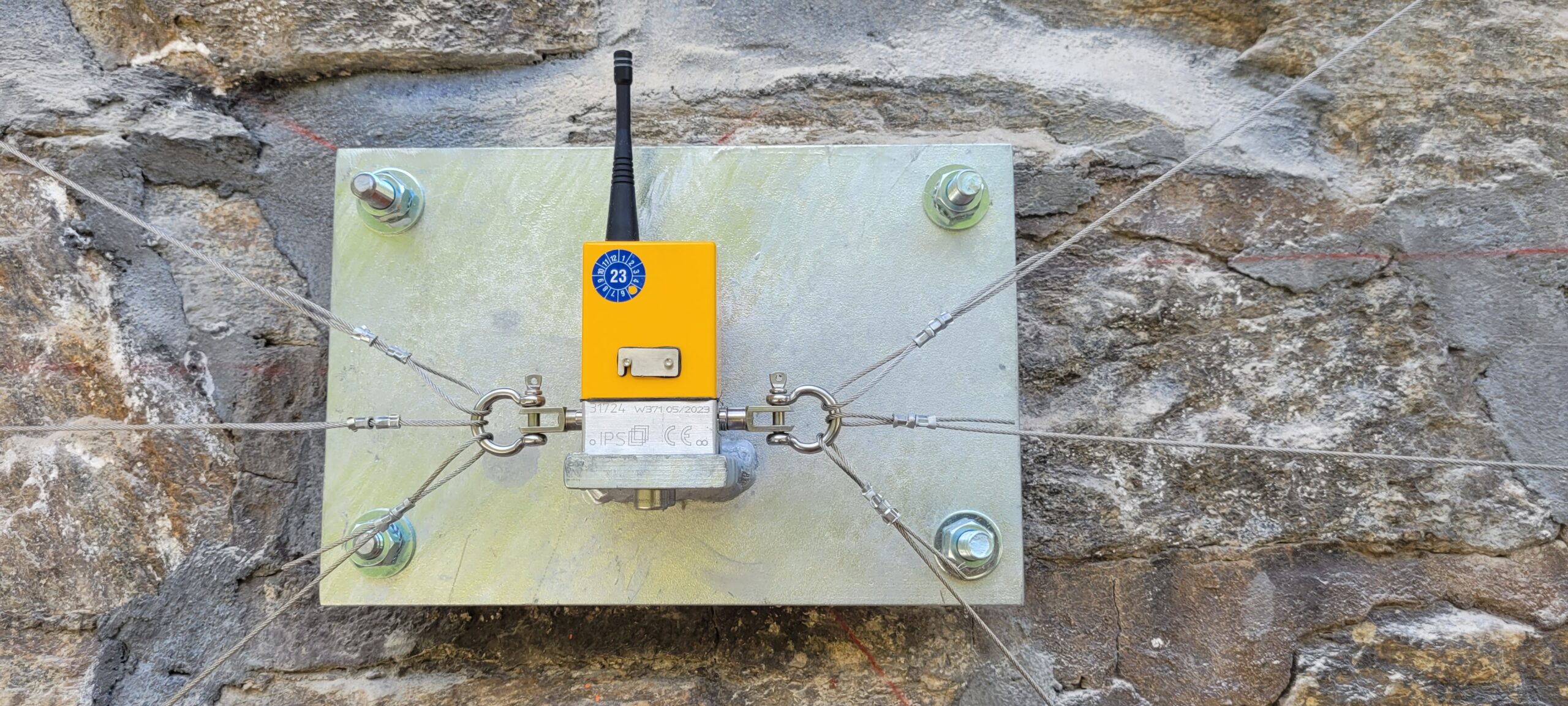
The Cost of Inaction
Ignoring the risks associated with seasonal thawing isn’t just inconvenient—it’s a direct threat to railway safety and infrastructure resilience. Without proactive monitoring, the consequences can be severe:
- Track Closures and Operational Delays: Even minor rockfalls or flooding can trigger emergency shutdowns and costly service interruptions.
- Expensive Emergency Repairs: Reactive maintenance from landslides or washouts is significantly costlier than preventive action.
- Infrastructure Failures and Derailments: Unstable slopes, saturated ground, and undetected shifts can compromise track integrity and raise derailment risks.
- Safety Hazards: The most serious outcome—geological instability can endanger personnel and passengers.
Scientific research confirms that climate change is intensifying these risks. As permafrost degradation accelerates and freeze-thaw cycles become more erratic, rockfall and landslide threats will only grow. Real-time monitoring and early-warning systems are no longer optional—they are essential.
Looking Ahead: A Smarter, Safer Future
The transition from winter to spring is unavoidable—but it doesn’t have to be unpredictable. With evidence pointing to increased climate-driven permafrost degradation and thermal stress on rock formations, the need for proactive risk management is clear.
By leveraging Impact Sentinel’s cutting-edge monitoring technology, railway operators can shift from reactive problem-solving to forward-looking prevention—ensuring safer, more reliable rail networks year-round.
This article was originally published by INGLAS.


